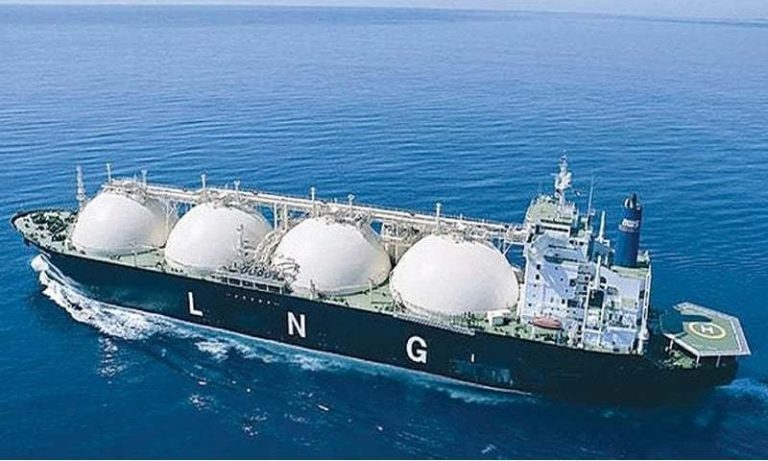
The government is considering restructuring the natural gas tariff to provide imported re-gasified liquefied natural gas (RLNG) to large domestic consumers at higher rates.
According to media sources, Directorate General of Gas — a policy wing of the Ministry of Petroleum and Natural Resources — would be sending a formal summary to the upcoming meeting of the federal cabinet to include domestic consumers in the highest slab of natural gas consumers among recipients of RLNG.
Currently, domestic consumers using more than 300 cubic metres of natural gas per month are charged at a rate of about Rs700 per unit compared to less than Rs280 per unit for consumers using less than 300 cubic meters a month.
RLNG is currently priced at about Rs1,000 or above per unit. That would mean the price for large domestic consumers could be increased by 40pc for the purpose of price parity with CNG, industry, fertiliser and power sector.
Presently, RLNG is being provided to the fertiliser, industrial, power and transport sectors because of limited imports. But RLNG users will increase as the government ramps up imports with additional LNG terminals coming up.
The government aims to increase LNG imports from the current 400-500 million cubic feet per day (MMCFD) to almost two billion cubic feet per day by the next year as fresh terminals will begin coming online from July this year.
Media sources said that the plan was to extend RLNG supplies to all those who can afford it by making the imported product a part of domestic gas through weighted average cost of gas, while protecting lower and middle-income consumers from a major price hike.
The move is aimed at improving cash flows of gas utilities giving a policy signal to richer consumers to opt for alternate fuel if they cannot control their consumption.
Supply of domestic gas to utilities has been declining, hindering their revenue growth. There may well come a stage when the companies are unable to sustain their operations.
As a result, RLNG would be replacing domestic gas as the major source of supply and revenue growth for gas companies.
Officials said the RLNG was originally ring-fenced by the government for supplies to large consumers like industry and power to protect domestic consumers from a price shock. However, the tariff for lower and middle-class consumers with a monthly consumption of less than 300 cubic metres would be kept generally stable, because of politico-economic considerations.
The government had reduced gas prices for industrial consumers by 33pc in November last year, but then reversed the decision a month later.
Instead, the reduction in gas rates was diverted to the power generation sector — including public-sector power plants and independent power producers (IPPs) — to give some relief to the textile industry in Punjab.
Industries in Punjab, especially the textiles, have been advising the government to merge RLNG with locally-produced natural gas to reach a weighted average cost of gas to provide uniform pricing to industries across the country.
